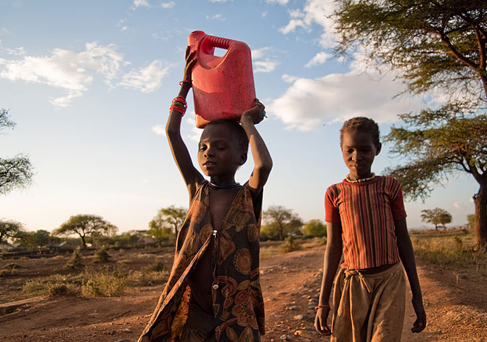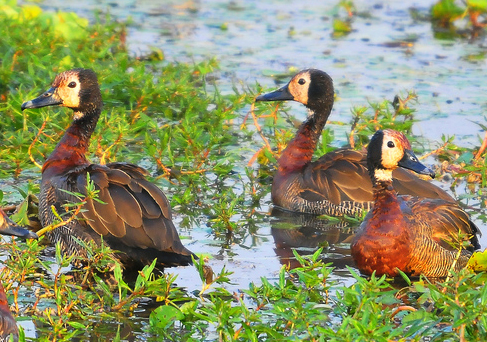The park was previously home to Dodoth pastoralists and Ik farmers before its declaration and gazettement by the British colonial government as a game reserve at the time. The decision was arrived at in order to protect wildlife from hunters.
After Uganda’s independence, the government of the day under Milton Obote converted the reserve into Kidepo Valley National Park in 1962. The park’s first chief warden, Ian Ross, a British national, was replaced by Paul Ssali, a Ugandan national. The handover and training became the subject of the American documentary film, ‘The Wild and the Brave’.
Kidepo Valley National Park covers an area of 1,442 square kilometres in the Karamoja region in northeast Uganda and consists of two major valley systems namely, Kidepo and Narus Rivers. Their respective floors lie between 3000 ft and 4,000 ft above mean sea level (AMSL). Its most permanent source of water comes from Kanangarok (also spelt Kananorok or Kanatarok), which is a slightly warm hot spring located on the extreme northern side of the park.
Vegetation in the park includes shorter red oat grass and taller bunchy Guinea grass and fine thatching grass. Common trees in the drier area are red thorny acacias, desert dates, and to a lesser extent the drumstick trees. The iconic sausage trees and fan palms line the watercourses. Euphorbia candelabrum and the shorter monkey bread (or camel’s foot) and Buffalo thorn trees are also found. Perennial water makes River Kidepo an oasis in the semi-desert which boasts over 86 mammal species including spotted hyenas, lions, cheetahs, leopards, wild dogs, elephants, giraffes, zebras, Cape buffaloes, bat-eared foxes, Rothschild’s giraffes — as well as almost 500 bird species.



